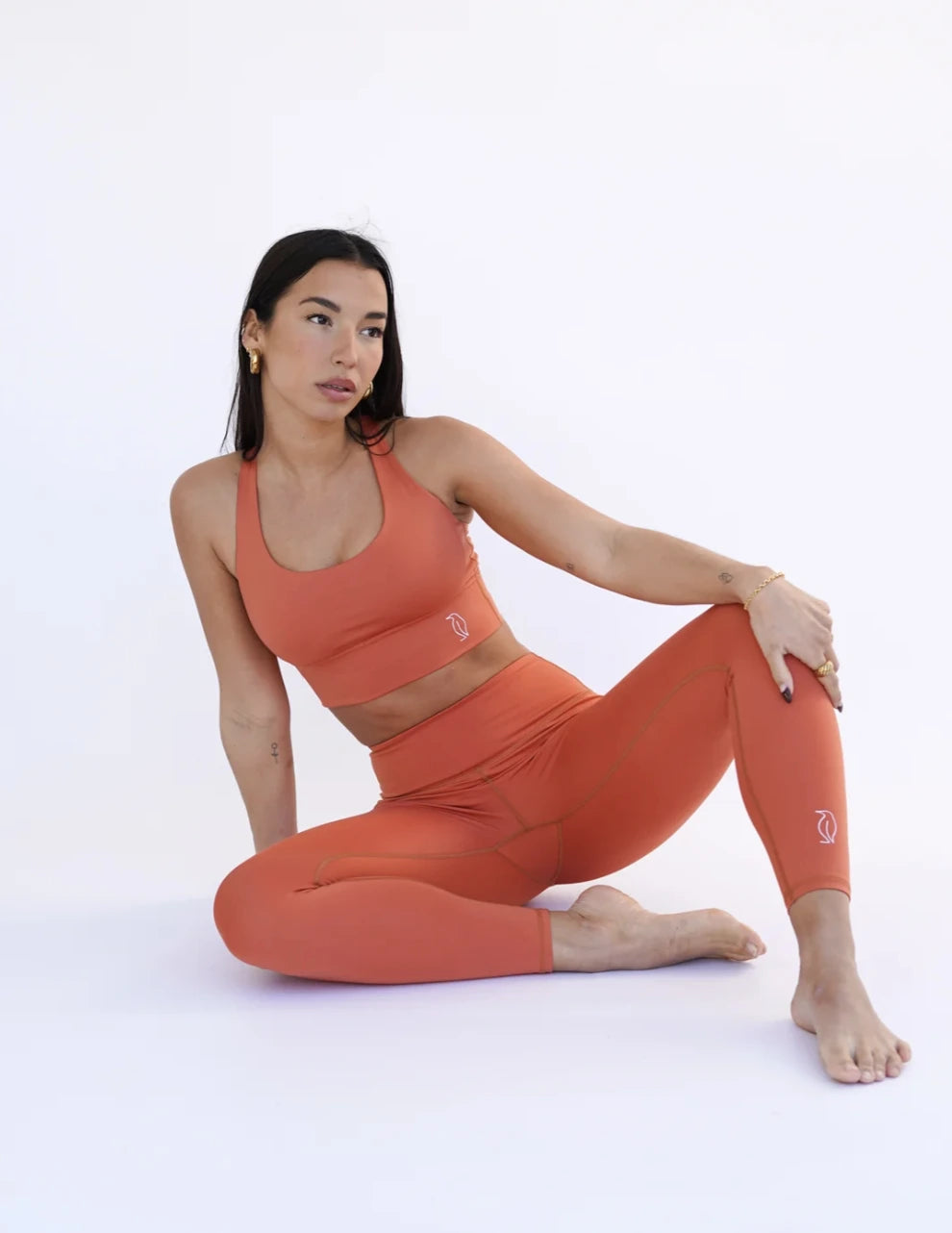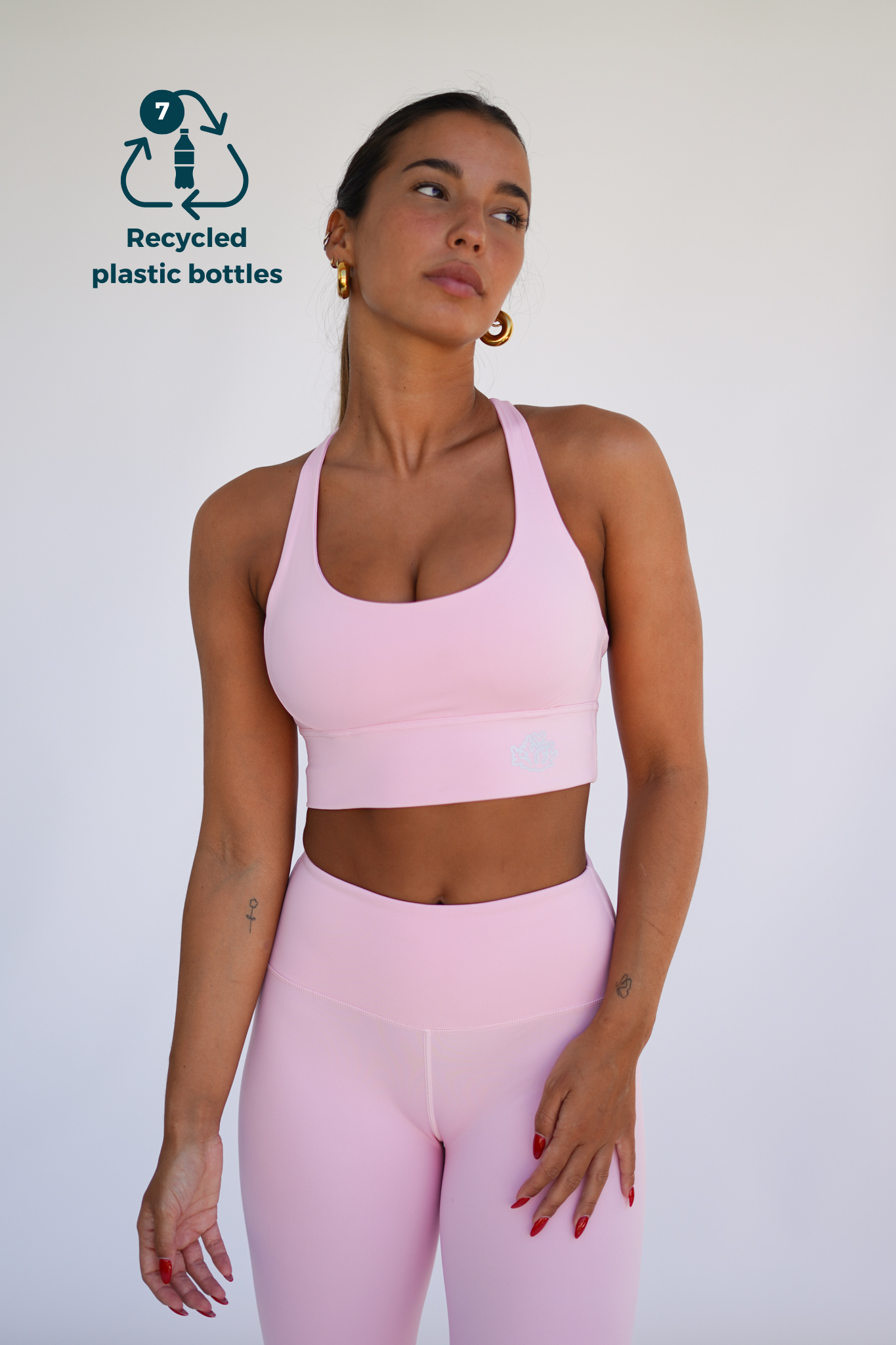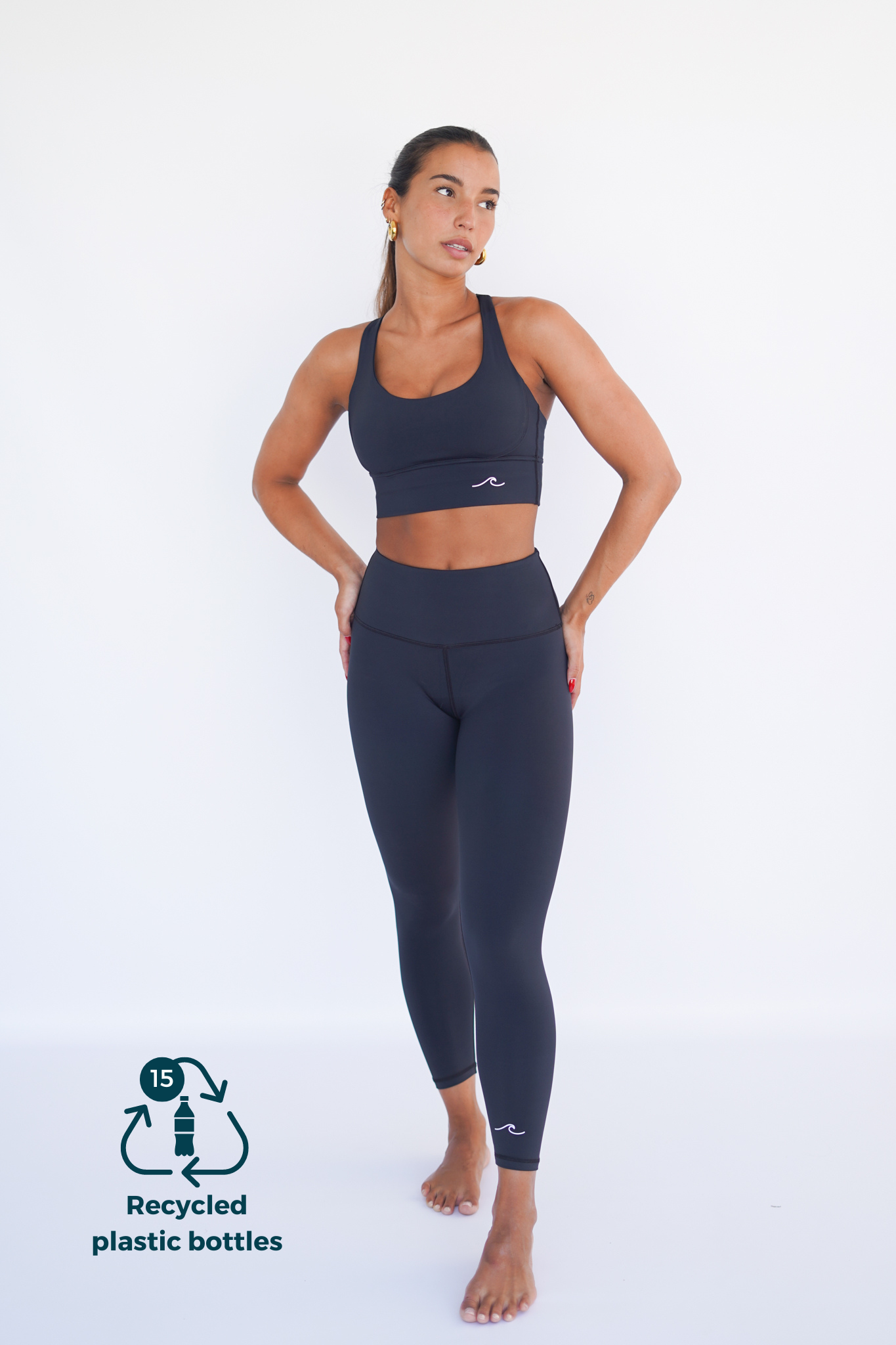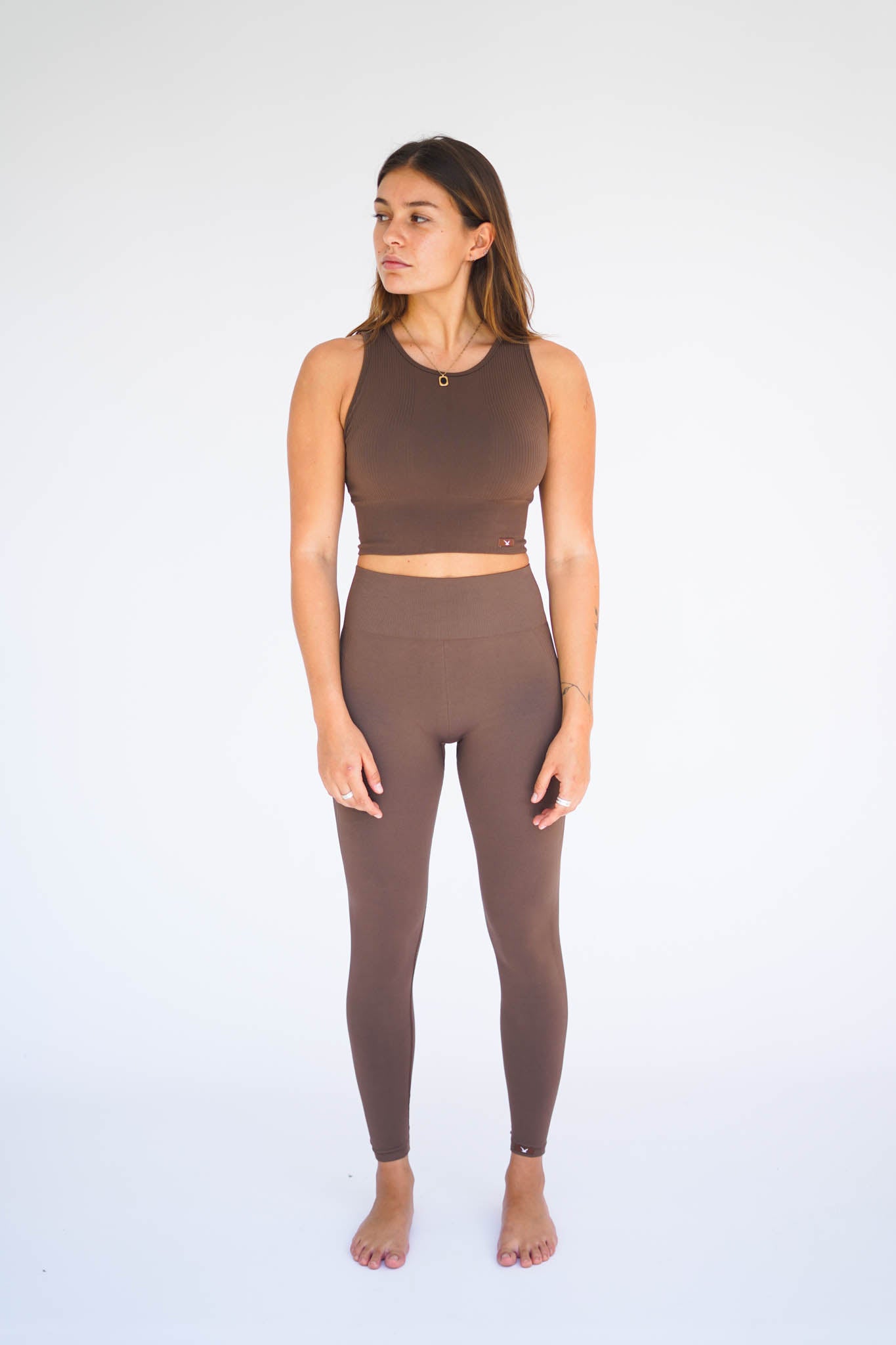
Yoga for Beginners: Best Poses and Tips
Yoga has gained increasing popularity in Spain in recent years, becoming an essential practice for those seeking a greater connection with their body and mind. Many people are drawn to the physical and mental benefits it offers, from improved flexibility and strength to stress and anxiety relief. However, for those who are considering getting started, it can be overwhelming to know where to begin. This article is designed to guide beginners on their journey to practicing yoga, providing information on the fundamental principles, proper postures, and practical tips for starting this enriching practice.
Fundamental principles of yoga

Before diving into the postures and techniques of yoga, it is essential to understand some of its fundamental principles. Yoga is not just a series of physical positions; it is a philosophy of life that seeks harmony between body, mind and spirit. Here are some of the key principles:
- Awareness: The practice of yoga involves being present in the moment, cultivating greater awareness of oneself and one's surroundings. This introspection helps to release tension and focus on one's own well-being.
- Breathing: Breathing is an essential component of yoga, known as "pranayama." Controlling your breathing can help relax your body and keep your mind clear during the postures.
- Non-judgment: Yoga promotes self-acceptance and respect. There is no need to compare oneself to others or set unattainable goals; progress manifests itself uniquely in each individual.
- Balance: Through practice, a balance is sought between strength and flexibility, between effort and dedication. This balance is crucial to achieving a state of comprehensive well-being.
How to start doing yoga for the first time?
Starting a yoga practice can seem intimidating, but with the right approach it can be a rewarding experience. Here are some steps beginners can follow:
- Research and choose a style:
There are different styles of yoga, each with its own approach. Research Hatha, Vinyasa, Ashtanga, Yin and others to find the one that resonates with you the most.
- Find a qualified instructor:
A good instructor can guide beginners in learning proper postures and techniques, ensuring they are performed correctly and without risk of injury.
- Equipment:
You don't need to invest in a ton of expensive equipment, but having a good quality yoga mat and comfortable clothing is essential to get started.
- Getting started with online or in-person classes:
There are numerous apps and online platforms, as well as local yoga studios that offer classes for beginners.
What do you need to know before doing yoga?

Before you start practicing yoga , it is important to take into account a few aspects to ensure a pleasant experience. First, listen to your body ; each person is unique, so pay attention to how your body responds to the postures and adapt the practices to your needs. In yoga postures you should feel, not suffer.
It is crucial not to rush , as yoga is a personal journey that should not be rushed; do not put pressure on yourself to move too quickly, as understanding and skill develop over time . Especially if you are just starting out, go slowly, gently and progressively.
If you have any pre-existing health conditions or concerns about your physical well-being, it is advisable to consult with a doctor before beginning the practice.
At the same time, it is important to keep an open mind , as practicing yoga can present both physical and mental challenges. With a positive and open attitude, you will be able to enjoy the experience more.
It doesn't matter what your physical condition is; whether you are more or less flexible, strong or balanced, with patience and practice, all of these things will gradually improve. You will learn that the most important thing is mental capacity before physical capacity.
What type of yoga is best for beginners?
For those who are just beginning their practice, some styles of yoga are more accessible and appropriate:
- Hatha Yoga: This style is ideal for beginners as it focuses on the basics of yoga, including simple postures and breathing techniques. Hatha classes are usually slower and allow time to learn.
- Vinyasa Yoga: It is characterized by its fluidity between postures, synchronizing movement with breathing. Although it can be a little more challenging than Hatha, many find its dynamics very attractive.
- Yin Yoga: This practice focuses on postures held for a long time, allowing for deep relaxation. It is excellent for those seeking to regain balance and release tension.
- Restorative Yoga: Ideal for reducing stress and anxiety, it focuses on relaxation and the use of props to support the body in gentle postures.
Yoga poses for beginners
Here are some essential beginner yoga poses that can be especially beneficial for those who are just beginning their practice:
- Child's Pose (Balasana): An excellent posture for relaxation and restoration. It helps to stretch the back and calm the mind. Sit on your heels with your knees apart. Lean your torso forward and extend your arms out in front of you. Rest your forehead on the floor and breathe deeply for 1-2 minutes.
- Downward Facing Dog (Adho Mukha Svanasana): This pose strengthens your upper body, stretches your back, and gets your circulation going. Start in a cat pose. Lift your hips up, straightening your legs and arms. Form an inverted "V" shape with your body. Hold for 30-60 seconds.
- Mountain Pose (Tadasana) – Helps improve posture and concentration; it is the basis for many other poses. Stand tall with your feet together or slightly apart, keeping them parallel. Extend your arms out to the sides and relax your shoulders. Breathe deeply and hold the pose for 30-60 seconds.
- Warrior I (Virabhadrasana I): Builds strength and focus while opening the heart and hips. Take a large step forward with one foot and turn the other foot outward. Bend the front knee to 90 degrees while keeping the back leg straight. Raise the arms straight up and bring the palms together. Hold for 30 seconds to 1 minute on each side .
- Warrior Pose II (Virabhadrasana II): Helps build leg strength and improves mental stability. Bend the front leg, aligning the ankle with the knee. Keep the back leg straight, keeping your feet firmly planted on the ground. Turn toward the back foot, keeping the other foot in line with the knee and ankle.
- Savasana (Dead Man's Pose): essential for final relaxation, allowing the body to assimilate the benefits of the practice. It is the simplest asana as it is performed by closing the eyes and lying face up, with the arms and legs open. This posture is usually the one performed at the end of yoga training.
How long should a beginner do yoga?

There is no one-size-fits-all answer to this question, as yoga practice should be tailored to each person's needs and availability. A full yoga class lasts between 60 and 90 minutes ; however, as a general guideline, it is recommended to start with sessions of between 20 and 30 minutes, at least 2-3 times a week.
In the beginning, it is more important to focus on the quality of the practice rather than the duration. Over time, you can gradually increase the length of your sessions as you gain more comfort and confidence. The idea is to try to find your time and space, making room in your schedule as a commitment to yourself, where you give yourself self-love, several times a week.
So there are no excuses; even if you are very busy, taking 20 minutes of your time is possible, and the benefits you will receive in such a short time are invaluable.
How many times a week should you do yoga as a beginner?
For beginners, the general recommendation is to practice yoga at least 2-3 times a week. This frequency allows you to establish a routine without overwhelming the body. Consistency is key; small, regular sessions are more effective than long, sporadic practices.
Once you feel comfortable with your practice, you may want to increase the frequency of your daily practice or experiment with different styles and classes. Your body will gradually tell you how to increase.
When do you start to notice the effects of yoga?
The benefits of yoga can begin to be felt from the first session: greater relaxation, alignment and flexibility. With time and consistent practice, you will notice more significant changes, such as:
- Improved flexibility: Over time, your body will adapt to the postures, significantly increasing flexibility.
- Strengthening: Regular practice will strengthen your body, providing a solid foundation for other physical activities.
- Stress Reduction: Many yoga practitioners report a decrease in stress and anxiety levels after just a few weeks of practice.
- Increased mental clarity: The connection between conscious breathing and meditation helps improve concentration and mental clarity.
The sign that you are learning is that you will stop arguing with the less easy circumstances in life, accepting and understanding yourself more, and accepting others. You will stop fighting, feeling calm and a greater sense of well-being in your body.
It is very important that you feel comfortable and free to move when practicing yoga. If you are constantly bothered by labels, elastics, hot materials, etc., you will not be able to focus on what you should. Opt for brands that not only believe in quality women's yoga clothes , but also environmentally responsible and using recycled materials. This way you will not only be able to do yoga comfortably, but you will also be helping the planet.
A good example is the Fitplanet brand, a Online yoga store offering sustainable clothing for women , from women's yoga sets to clothing for any other sport.
Conclusion
Yoga is a personal journey towards self-knowledge and well-being. For beginners, it is essential to begin with an open mind and a real commitment to the practice. With a gentle and consistent approach, you can discover a space of calm amidst the daily hustle and bustle, as well as a deeper connection with yourself. Remember that every step, no matter how small, is part of this journey. So, on the mat, take the first step and allow yoga to guide you towards a more balanced and fulfilling life. Namaste!



